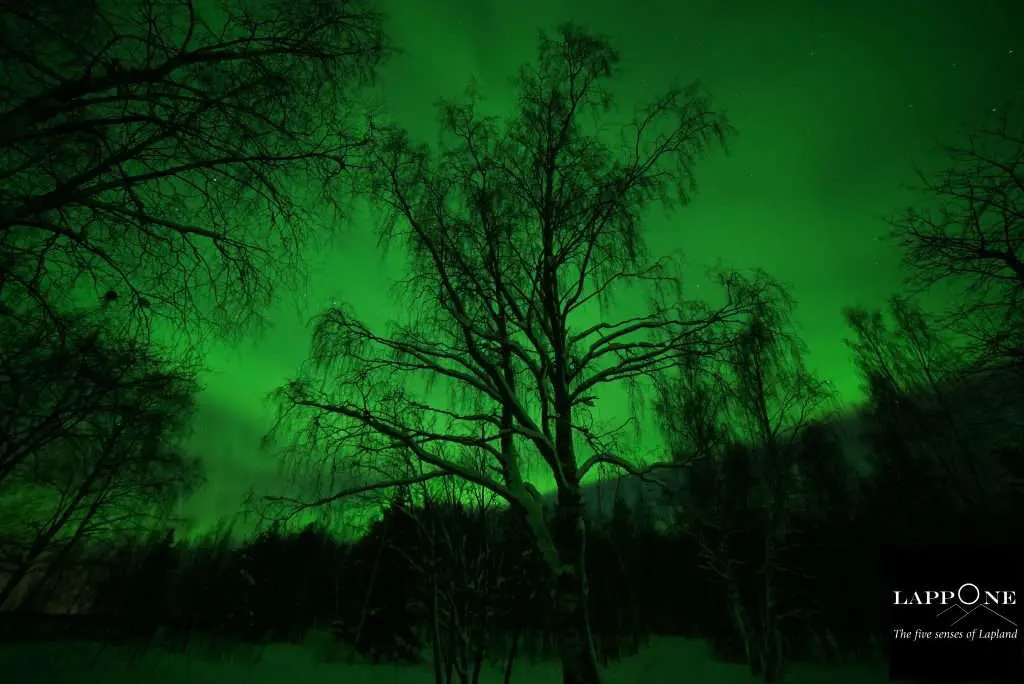How to Photograph the Northern Lights with a DSLR or Mirrorless Camera
Using a DSLR or mirrorless camera gives you more control and generally superior performance in low-light conditions compared to a smartphone, although a recent model smartphone can offer surprising results. That said, here are ten tips to help you capture the Northern Lights effectively with a DSLR or mirrorless camera:
- Sturdy Tripod: As with smartphones, a good tripod is essential to prevent camera shake during long exposures. I’ve used this lightweight tripod from MeFoto for years and it’s always done me right and helped me get great results whether when supporting my iPhone or a larger DSLR or mirrorless camera..
- Use a Wide-Angle Fast Lens: A wide-angle lens, preferably with a focal length between 14mm and 24mm, will allow you to capture a larger portion of the sky. A fast lens with a wide aperture (f/2.8 or wider) will let in more light, which is crucial for capturing the aurora.
- Manual Focus to Infinity: Autofocus might struggle in the dark. Turn your lens to manual focus and set it to infinity. Some lenses might achieve the sharpest focus slightly before or after the infinity mark, so it’s a good idea to test this during the day.
- RAW Format: Shoot in RAW. This will capture more data and allow greater flexibility in post-processing, which can be particularly helpful for tweaking exposure, color balance, and noise reduction.

- Manual Mode for Full Control:
- ISO: Begin with lower ISO values between 200 and 400, then bump it up if necessary. A higher ISO increases your camera’s sensitivity to light, but the tradeoff is that it can introduce noise, although today’s cameras are getting better and better at minimizing this.
- Shutter Speed: Start with a shutter speed of around 15-25 seconds. If the aurora is moving quickly, you may want to shorten the exposure to capture more detail.
- Aperture: Use the widest aperture your lens allows (e.g., f/2.8 or f/1.4).
- Remove UV and Polarizing Filters: These can introduce unwanted reflections or limit the amount of light reaching the sensor and in this situation, you’re going to want to let as much light in as possible.
- Use a Remote or Timer: To avoid camera shake when pressing the shutter button, use a remote shutter release, or see if you can control your phone from its associated app. If you don’t have a remote, the camera’s built-in timer set to a 2-second delay can also work.
- Check Your Histogram: The histogram is a tool on most DSLRs and mirrorless cameras that shows the distribution of tones in an image. Ensure there’s a good balance and that you’re not underexposing the shot. For best results try to avoid having the information bump up against either the right (highlights) or left (shadows) sides of the histogram.
- Batteries: Cold conditions can drain batteries quickly. Carry a set of backup batteries to ensure you don’t run out of power at that decisive moment. Also, keep your batteries warm by storing them inside your jacket when not in use. You can also use chemical warmers for your hands, feet, and batteries.
- Consider using a battery grip for extended shooting.
- Experiment and Be Patient: The Northern Lights are unpredictable. Take time to try different settings and compositions. If the lights aren’t too bright to start, don’t be disheartened; they can often flare up without warning.

Finally, remember to occasionally put down the camera and simply enjoy the spectacle. The Northern Lights are a breathtaking natural phenomenon, and it’s important to take a moment to appreciate the experience beyond the lens.
JOIN US IN LAPLAND
If you’d like to experience the aurora borealis and put your photography skills to the test then join us for Seeking the Northern Lights in Finnish & Swedish Lapland.
This blog post may contain affiliate links for which we get a small commission, but of course, there’s no extra charge to you. These fees help us to continue bringing you great content like this.
The post How to Photograph the Northern Lights with a DSLR or Mirrorless Camera appeared first on Continental DRIFTER.
For more than 15 years, I've been organizing and leading small-group cultural tours around the world. These trips are specifically designed for active Baby Boomers and have all been 5-star rated and reviewed by my past clients.
Just some of the locations I continue to lead trips to include Antarctica, Cuba, Mexico's Copper Canyon, Cambodia, India, Vietnam, and throughout the Mediterranean (Spain, Italy, France, Portugal) and others (Armenia & Georgia and Finnish & Swedish Lapland).
During these trips, I love to share off-the-beaten-path locations and unique experiences, such as olive oil and caviar tastings, wine and spirit tastings, foodie tours and market walks, cooking classes and demonstrations, and when possible, I always introduce my clients to the local people, often getting into their homes and places of business to see how they live and work. We use expert local guides to be our interpreters, offer local history, answer questions, and provide us with insights into the local customs and more.
My YouTube channel, The Continental DRIFTER® (https://youtube.com/continentaldrifter) is where I share travel and photography tips with a large list of mature travelers who have remained loyal to my brand throughout the years.
I always say, "Life's too short not to travel!"

